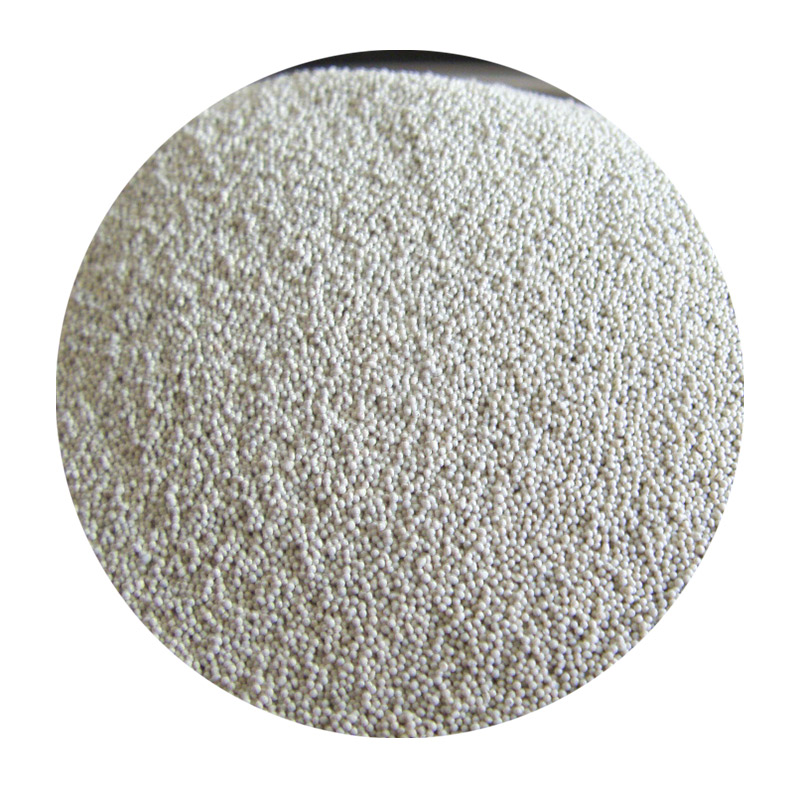Resin Bonded Sand Casting An Innovative Approach in Metal Casting
Resin bonded sand casting is a modern casting technique that has gained popularity in various industrial applications due to its versatility, efficiency, and superior finish. This method utilizes a mixture of sand with a thermosetting resin binder, which is activated under heat to form rigid molds. The innovative approach of resin bonded sand casting offers numerous advantages over traditional casting methods, making it an appealing choice for manufacturers aiming for high-quality products.
One of the primary benefits of resin bonded sand casting is the high dimensional accuracy it provides. The hardened molds created by this technique ensure that intricate designs can be produced with minimal tolerances. This precision is particularly crucial in industries such as aerospace and automotive, where components must meet stringent specifications to ensure optimal performance and safety. The consistency of the resin binder also allows for repetitive production of complex shapes, which significantly enhances operational efficiency.
Moreover, the surface finish of castings produced through resin bonded sand casting is far superior compared to that of sand casting with clay binders. The smooth surface reduces the need for extensive machining, thus saving time and resources. This is particularly advantageous for parts that require tight surface finish requirements, allowing for a reduction in secondary processes and overall costs.
resin bonded sand casting

The flexibility of resin bonded sand allows for various types of metal to be cast, including aluminum, bronze, and iron. This versatility opens up a wider range of applications across different industries, from manufacturing precision components to artistic sculptures. Furthermore, the ability to create complex geometries with minimal undercuts and a reduced draft angle means that designers are free to explore creative solutions without the constraints typically associated with traditional casting methods.
Another significant advantage of this technique is its environmental impact. The resin used in the process can often be recovered and reused, which minimizes waste. Additionally, advancements in resin technology mean that many of today’s resins are less harmful to the environment compared to older formulations. This focus on sustainable practices is becoming increasingly important in modern manufacturing.
While resin bonded sand casting presents numerous advantages, it is important to acknowledge potential drawbacks. The initial setup and material costs can be higher than traditional sand casting methods. However, the long-term savings achieved through reduced machining time and increased production efficiency often outweigh these initial investments.
In conclusion, resin bonded sand casting is revolutionizing the metal casting industry by combining precision, efficiency, and sustainability. As industries continue to seek ways to improve production processes and product quality, resin bonded sand casting stands out as an innovative and reliable choice. Its ability to produce high-quality castings with complex designs positions it as a preferred method in a wide array of applications, paving the way for future advancements in the field.
Post time:កញ្ញា . 29, 2024 04:50
Next:Understanding the Factors Influencing Sand Casting Costs for Manufacturing Success
